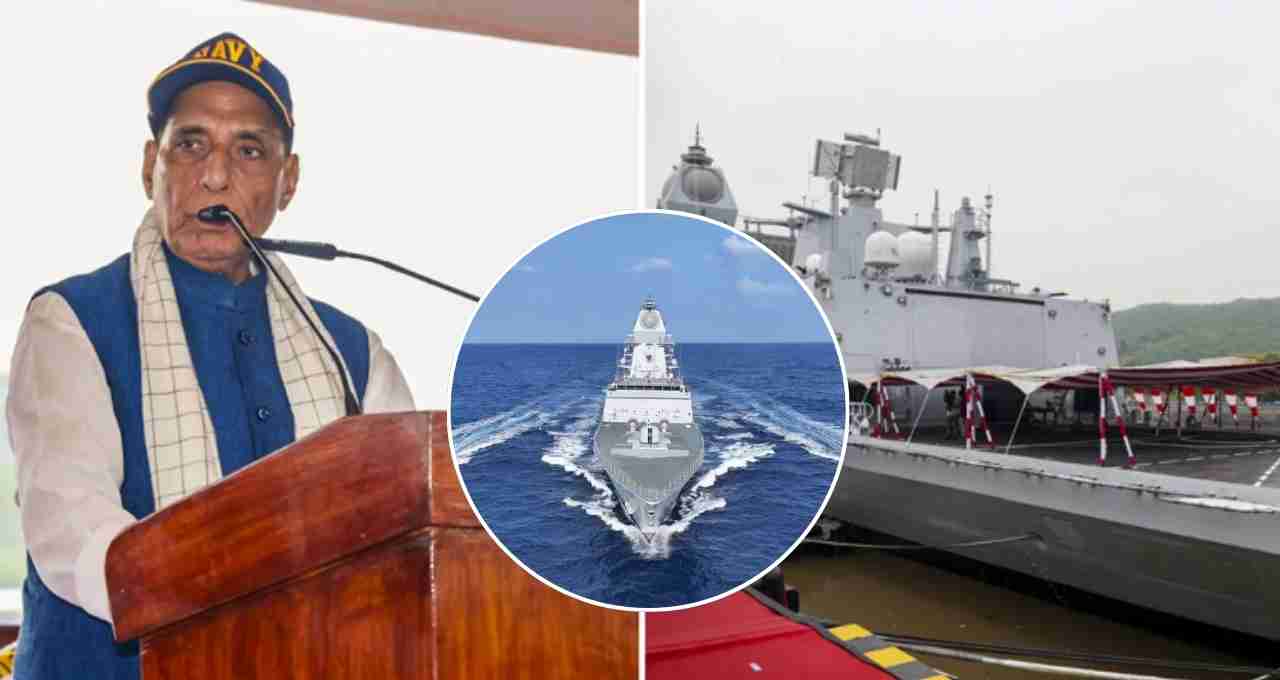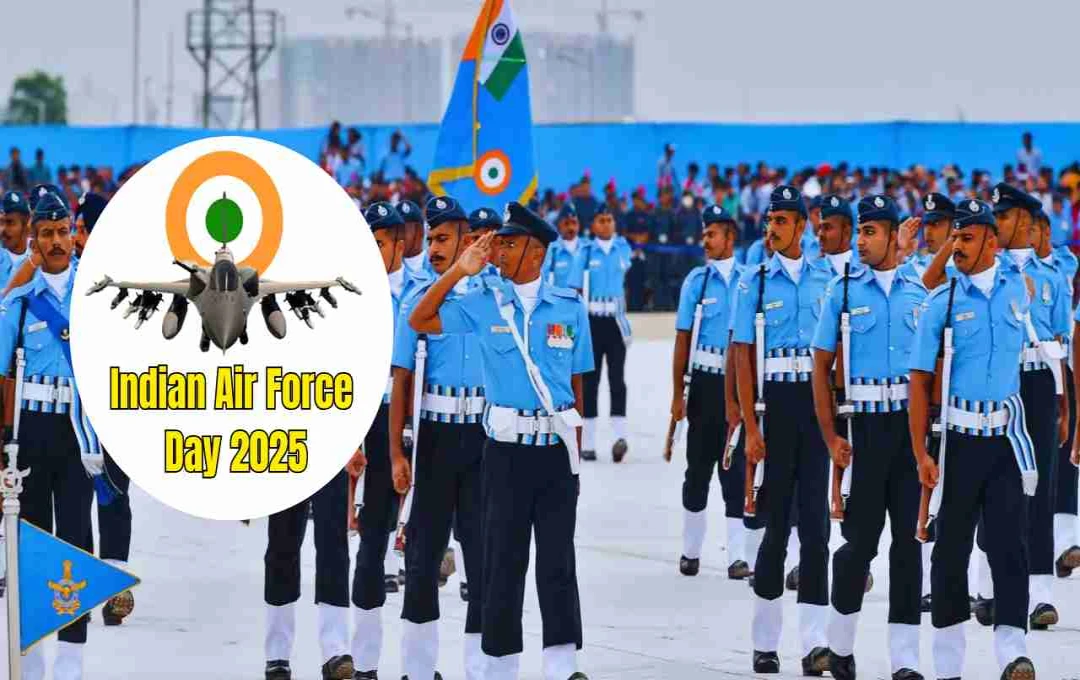Defense Minister Rajnath Singh Inducts INS Udaygiri and Himgiri into Navy. These stealth frigates are 75% indigenous and equipped with BrahMos, Barak-8 missiles. They received comparisons to the US's F-35.
F-35: A historic ceremony took place on August 26, 2025, at the Eastern Naval Command of the Indian Navy in Visakhapatnam. Defence Minister Rajnath Singh inducted two state-of-the-art stealth frigates, INS Udaygiri and INS Himgiri, into the Navy. On this occasion, he compared these warships to the US's supersonic stealth multirole fighter jet, the F-35.
Indigenous F-35: India's Strength at Sea
The Defence Minister stated that today, you have launched indigenous F-35 warships. He explained that while one country in the world has an F-35 that flies in the air, India has developed an F-35 that floats on the sea. This remark highlights India's growing naval power and the success of indigenous defence manufacturing.
Comparison to F-35 and Technical Superiority
The F-35 is considered one of the world's most advanced fighter aircraft. It is equipped with stealth technology, which helps it evade radar detection. It possesses advanced avionics, a powerful onboard computing system, and integrated sensors. It is effective in air-to-air, air-to-ground, and other missions. The Defence Minister said that INS Udaygiri and Himgiri are similar and will become invincible protectors of the sea.
75% Indigenous Content and Job Creation
75% of these warships are made from indigenous materials. They have been prepared with the help of hundreds of Indian MSMEs. This has also created thousands of jobs. This step is significant towards self-reliant India and encouraging local industries.
Advanced Weapons and Sensor Systems
INS Udaygiri and Himgiri are equipped with state-of-the-art weapons and sensor systems. These include long-range surface-to-air missiles, supersonic BrahMos missiles, torpedo launchers, combat management systems, and fire control systems. Each frigate has eight BrahMos missiles, which can attack surface-to-surface and surface-to-air targets. Barak-8 missiles defend against aerial threats, Varunastra torpedoes are for anti-submarine warfare, and Kavach chaff and Mareech systems defend against missiles.

Project 17A: Nilgiri Class Frigates
INS Udaygiri and Himgiri are Nilgiri-class stealth frigates built under Project 17A. This project is an advanced version of Project 17 (Shivalik-class). It features improvements in design, stealth features, weapons, and sensor systems. They are designed for blue water operations and can handle threats in the deep sea.
Technical Specifications and Speed
These ships weigh 6,700 tonnes and have a length of 149 meters. With a CODOG (Combined Diesel and Gas) propulsion system, they can achieve a speed of 30 knots. INS Udaygiri was built by Mazagon Dock Shipbuilders Limited (MDL) in Mumbai, while INS Himgiri was built by Garden Reach Shipbuilders and Engineers (GRSE) in Kolkata. This is the first time that two frontline surface combatants built in two different shipyards have been simultaneously inducted into the Navy.
Contribution to Maritime Security
The commissioning of these warships will strengthen the Indian Navy's power and India's position in the Indian Ocean region. INS Udaygiri and Himgiri will not only ensure maritime security but will also contribute to economic stability and regional peace.
Significance of the Names
The names of INS Udaygiri and Himgiri are inspired by old warships. The earlier INS Udaygiri served from 1976 to 2007, and INS Himgiri served from 1974 to 2005. The Defence Minister stated that Udaygiri symbolizes sunrise and brings new energy, while Himgiri represents the unwavering strength of the Himalayas.
Milestone for the Indian Navy
The commissioning of INS Udaygiri and Himgiri is a significant milestone for the Indian Navy. The comparison to the F-35 makes it clear that India can now develop high-tech and indigenous defence equipment. This step strengthens the vision of self-reliant India and enhances the Navy's capabilities.















